Jherek Bischoff, Amanda Palmer, And Neil Gaiman Cover David Bowie’s “Space Oddity” On The Marvelous
Jherek Bischoff, Amanda Palmer, and Neil Gaiman cover David Bowie’s “Space Oddity” on the marvelous orchestral tribute EP, Strung Out In Heaven (learn more). Artwork by Sarah Beetson.
Bischoff also composed this beautiful instrumental rendition of “Life On Mars?” (artwork by Félix Marqués)
Strung Out In Heaven: A Bowie String Quartet Tribute by Jherek Bischoff
More Posts from Thebryanscout and Others

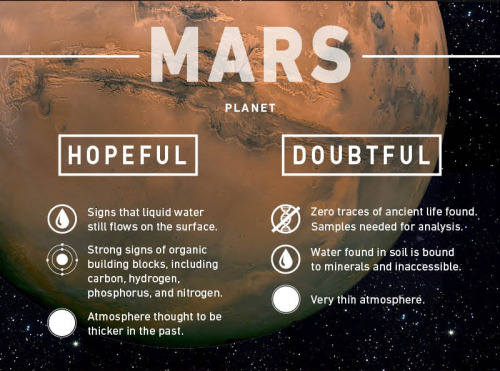
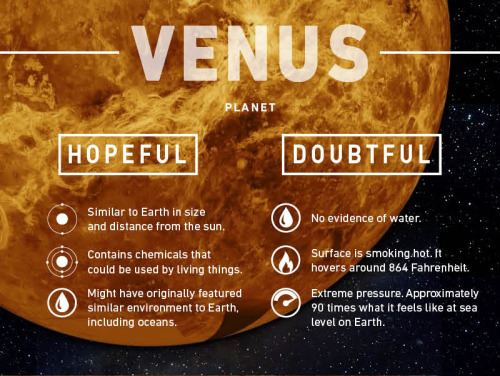
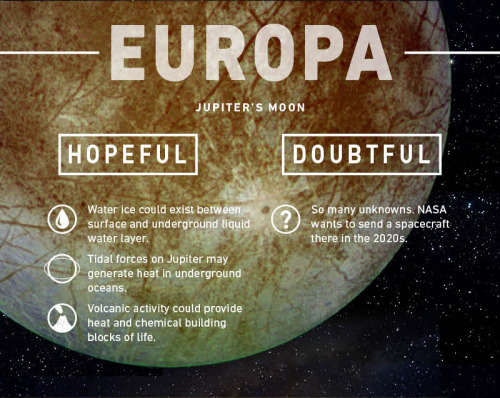
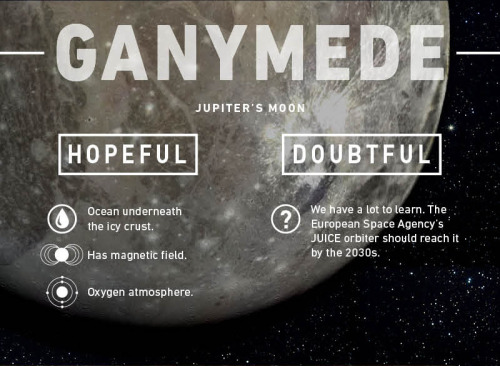



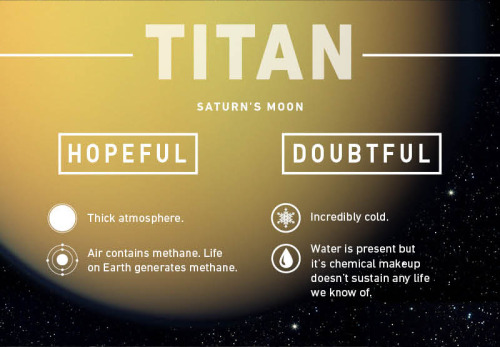
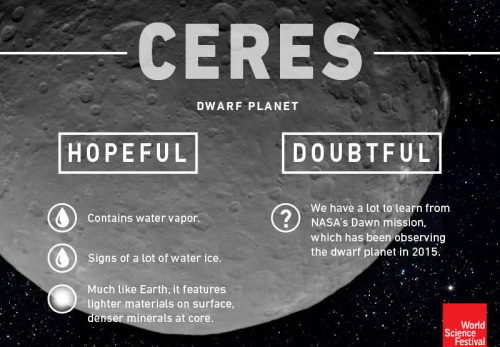
Where Could Life Exist?
When NASA scientists announced earlier this year that they had found evidence of liquid water on Mars, imaginations ran wild with the possibility that life could exist somewhere other than here on Earth.
Scientists continue to explore the possibility that Mars once looked a lot like Earth — salty oceans, fresh water lakes, and a water cycle to go with it. That’s exciting stuff.
So where else are they looking? What exactly are they looking for?
There are nine places in our universe where scientists say life is a possibility. The locations range from a smoking hot planet like Venus to a moon that orbits Saturn called Enceladus, which looks a lot like a massive, tightly-packed ball of ice.
All of these places show signs that water is, or at least was, a possibility. They also appear to feature some kind of energy that could produce heat.
full resolution
It all started with a Big Bang...
The origins of the universe
U.S. Department of Energy, Office of Science
A long time ago in a galaxy far, far away…
Actually, there is no reason either to go to your local theatre or to leave this galaxy for another one far away if you want to know what happened a long time ago in our universe. You can travel back in time and space to the microseconds following the Big Bang, with the answers found by DOE nuclear physicists working at our National Laboratories and universities.

The Big Bang
Everything we know in the universe – planets, people, stars, galaxies, gravity, matter and antimatter, energy and dark energy – all date from the cataclysmic Big Bang. While it was over in fractions of a second, a region of space the size of a single proton vastly expanded to form the beginnings of our universe.
Keep reading

Michael Tunk, The Wild West Guide To The Galaxy # 185, 2016, analog collage, 10.5" x 10".
Leap Day…Why Does It Exist?
Once every four years, an extra calendar day is added: a leap day. But why?
The reason for adding leap days to the calendar is to align the calendar year with the actual year – which is defined by the time it takes Earth to circle the sun. It is equal to 365 days, 5 hours, 48 minutes and 46 seconds, or 365.24219 days.

If all calendar years contained exactly 365 days, they would drift from the actual year by about 1 day every 4 years. Eventually, July would occur during the northern hemisphere winter! Wouldn’t that be weird?
To correct (approximately), we add 1 day every 4 years…resulting in a leap year.
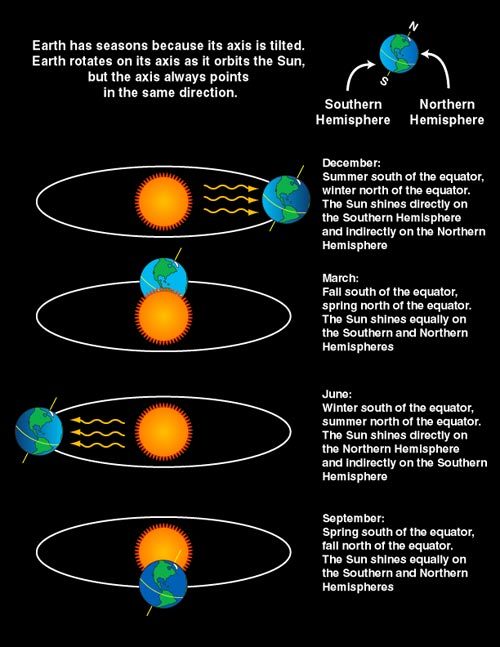
By making most years 365 days but every fourth year 366 days, the calendar year and the actual year remain more nearly in step.
Make sure to follow us on Tumblr for your regular dose of space: http://nasa.tumblr.com

Why Would He Do That?
Fascinating article, not AT ALL surprising, but fascinating all the same

Rare double impact crater on Mars. Such features are thought only to from simultaneous impacts.
via reddit


A little brightness to aid your quest towards the weekend. Those poor S.O.B’s didn’t stand a chance.

I call this one "Terraluna."
-
 iamthegoddessoftitsandwine liked this · 7 years ago
iamthegoddessoftitsandwine liked this · 7 years ago -
 onrein reblogged this · 7 years ago
onrein reblogged this · 7 years ago -
 onrein liked this · 7 years ago
onrein liked this · 7 years ago -
 of-the-curveship reblogged this · 7 years ago
of-the-curveship reblogged this · 7 years ago -
 itseasyjusttolookaway reblogged this · 8 years ago
itseasyjusttolookaway reblogged this · 8 years ago -
 laluna-oscura liked this · 8 years ago
laluna-oscura liked this · 8 years ago -
 thegoodqueertheywarnyouabout reblogged this · 9 years ago
thegoodqueertheywarnyouabout reblogged this · 9 years ago -
 madteuf liked this · 9 years ago
madteuf liked this · 9 years ago -
 moon-eye-girl reblogged this · 9 years ago
moon-eye-girl reblogged this · 9 years ago -
 nanna-melissa reblogged this · 9 years ago
nanna-melissa reblogged this · 9 years ago -
 nanna-melissa liked this · 9 years ago
nanna-melissa liked this · 9 years ago -
 fvckhead reblogged this · 9 years ago
fvckhead reblogged this · 9 years ago -
 wemustfindthebatman reblogged this · 9 years ago
wemustfindthebatman reblogged this · 9 years ago -
 wemustfindthebatman liked this · 9 years ago
wemustfindthebatman liked this · 9 years ago -
 ambrosialife liked this · 9 years ago
ambrosialife liked this · 9 years ago -
 library-of-vanity liked this · 9 years ago
library-of-vanity liked this · 9 years ago -
 shroomyonthehill reblogged this · 9 years ago
shroomyonthehill reblogged this · 9 years ago -
 lacey-j-w liked this · 9 years ago
lacey-j-w liked this · 9 years ago -
 catcuriositykilled reblogged this · 9 years ago
catcuriositykilled reblogged this · 9 years ago -
 forthosemomentsinthewoods liked this · 9 years ago
forthosemomentsinthewoods liked this · 9 years ago -
 daruncic reblogged this · 9 years ago
daruncic reblogged this · 9 years ago -
 teratomat liked this · 9 years ago
teratomat liked this · 9 years ago -
 daruncic liked this · 9 years ago
daruncic liked this · 9 years ago -
 indielowercase liked this · 9 years ago
indielowercase liked this · 9 years ago -
 seaniffer reblogged this · 9 years ago
seaniffer reblogged this · 9 years ago -
 cighduck reblogged this · 9 years ago
cighduck reblogged this · 9 years ago -
 spaaaceman liked this · 9 years ago
spaaaceman liked this · 9 years ago -
 cosmic-fox liked this · 9 years ago
cosmic-fox liked this · 9 years ago -
 scorpling reblogged this · 9 years ago
scorpling reblogged this · 9 years ago -
 tooni939 liked this · 9 years ago
tooni939 liked this · 9 years ago -
 carrotcakebandit reblogged this · 9 years ago
carrotcakebandit reblogged this · 9 years ago -
 spookybatzy reblogged this · 9 years ago
spookybatzy reblogged this · 9 years ago -
 u2605 liked this · 9 years ago
u2605 liked this · 9 years ago -
 mystifyingmints liked this · 9 years ago
mystifyingmints liked this · 9 years ago -
 babymyleopard liked this · 9 years ago
babymyleopard liked this · 9 years ago -
 babymyleopard reblogged this · 9 years ago
babymyleopard reblogged this · 9 years ago -
 a-sepulcher reblogged this · 9 years ago
a-sepulcher reblogged this · 9 years ago -
 ramblingstormshepherd reblogged this · 9 years ago
ramblingstormshepherd reblogged this · 9 years ago
21, He/Him/His, lover of all things space, aviation, alt music, film, and anime
255 posts